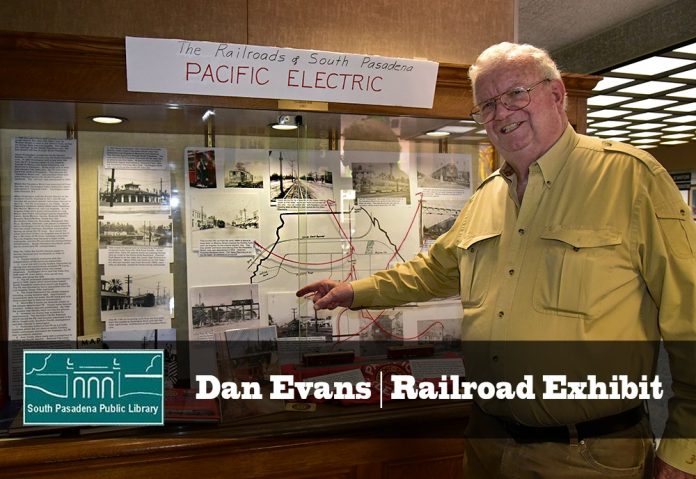
By Daniel M. Evans
In 1895 two speculators built a single-track, narrow gauge electric line down Fair Oaks, west on Mission Street, in front of the Ostrich Farm, across the Arroyo Seco into Los Angeles. This became the “old line” or the “South Pasadena Line,” the first electric rail line through South Pasadena.
Its history is well documented in a display case in the South Pasadena Library that will be open for public viewing until the end of the month.
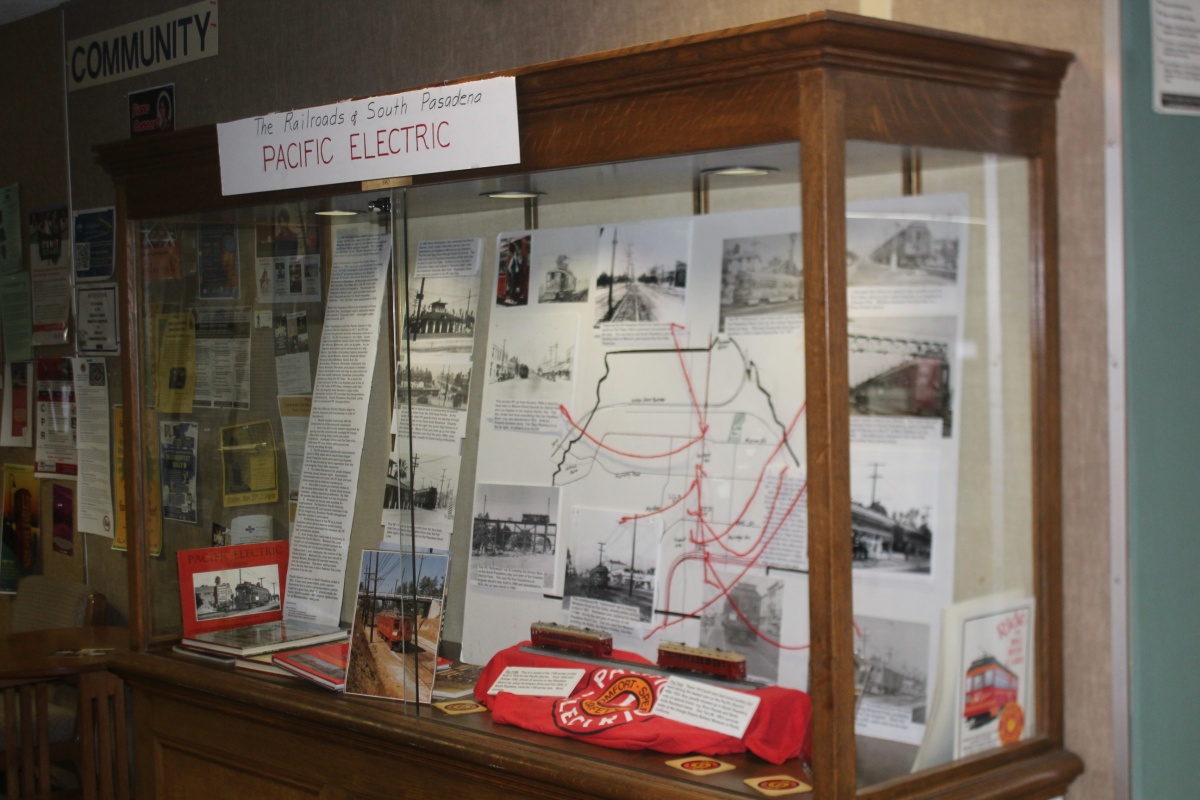
Henry Huntington created the Pacific Electric Railway in 1901, and took over the South Pasadena Line.
In 1903, Huntington built a new main line from the 6 th and Spring station in Los Angeles, through El Sereno and South Pasadena, and Monrovia to Glendora. At the south end of what later became Fair Oaks Ave., the PE built a two-track line north to Pasadena. This became the “Pasadena Short Line,” and provided faster and more frequent service for South Pasadena residents. The “old line” was abandoned in 1935.
Where the Pasadena Short Line branched off from the main line, Huntington built a distinctive depot and named it “Oneonta Park.” Huntington came from Oneonta, New York.
When Huntington sold the Pacific Electric to the Southern Pacific Railroad in 1911, the PE had become the greatest electric interurban railroad in the U.S. The Pacific Electric flourished in the 1920s. South Pasadena residents easily could reach Pasadena, San Marino, Monrovia, and Los Angeles.
In Los Angeles, there were good connections to Long Beach, San Pedro (including Catalina steamship trains), Santa Monica, Venice, Redondo Beach, Newport Beach/Balboa, Santa Ana, San Bernardino, Pomona, Riverside, Hollywood, Van Nuys, Burbank, Glendale, and places in between. Henry Huntington built rail lines to areas where he had real estate interests, therefore communities sprang up along the PE lines.
As a result, the urban structure of the Los Angeles area is due to the 1,100 miles of Pacific Electric lines; freeways came later. The Los Angeles area became a major urban metropolis, and the PE provided the transportation infrastructure. South Pasadena flourished, partly due to convenient Pacific Electric transportation.
After the 1920s, the Pacific Electric began to decline, because (not necessarily in order of importance):
1. People became enamored with the independence of the personal automobile.
2. Local city and county leaders responded by paving over the conveniently available PE tracks, effectively turning many trains into slower streetcars. Huntington Drive and Fair Oaks Ave. both were PE lines before cities paved over, across, and along the rails.
3. The Pacific Electric proposed substantial improvement plans in 1928, plans which would have helped South Pasadena commuters reach Los Angeles. The Pacific Electric was blocked by fierce opposition from the Los Angeles Times; little improved.
4. The Great Depression hit, people stopped traveling, money became tight. Improvement investments were not made, the Pacific Electric track and cars deteriorated due to deferred maintenance.
5. World War II needs put dramatic stress on the already-deteriorated PE. Empty trains became crowded, military specials proliferated. By 1945 the system had literally been run into the ground.
6. However, no money was available for improvement. The Southern Pacific Railroad, which owned the PE, had become interested in the PE for freight only; Southern Pacific management had little interest in passengers.
7. Politicians looked at the PE as a private business, which did not deserve public funding. Public enthusiasm developed for freeways; the Pacific Electric was considered obsolete.
8. And, finally, there really was a conspiracy to destroy the Pacific Electric. National City Lines bought up rail transportation systems around the U.S., including the Los Angeles Railway (the “Yellow Cars”), and, eventually, the remains of the Pacific Electric. National City Lines was owned by General Motors, Standard Oil (several versions), and tire companies. They were selling buses. Once the bus fleet was in place, National City Lines unloaded it on the city.
Pacific Electric service in South Pasadena ended in 1951. It was many years before public opinion discovered that a public rail transportation system might be a good idea, after all.
Unfortunately, the Pacific Electric system – with massive rights-of-way for rail transportation – was gone.




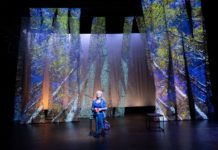

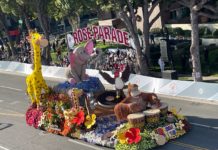


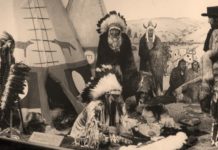
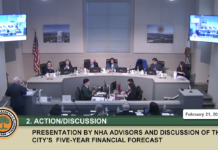

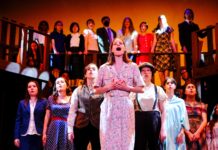



.png)






